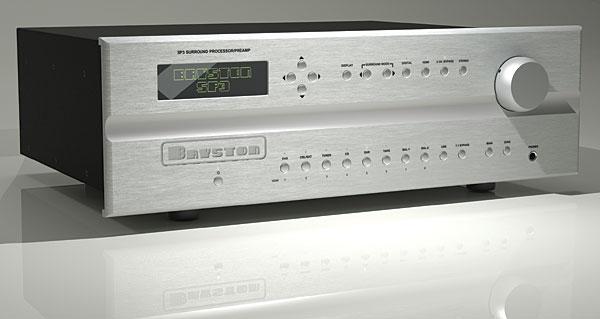| Columns Retired Columns & Blogs |
OK, here's a dumb question, applying to most Universal Players. The stereo XLR outputs on the BDP-95 use a separate DAC and audio. Presumbably, this outputs FL and FR better than the MC FL and FR outputs. Is it possible when playing MC (SACD or 224/96 from ethernet) to use these XLR or dedicated stereo for the front two channels while using the analog MC RCAs for the other 3.1/5.1 channels (without stereo mixing, of course)? This would eliminate the requirement to reconnect the amp leads to the front channels.







































